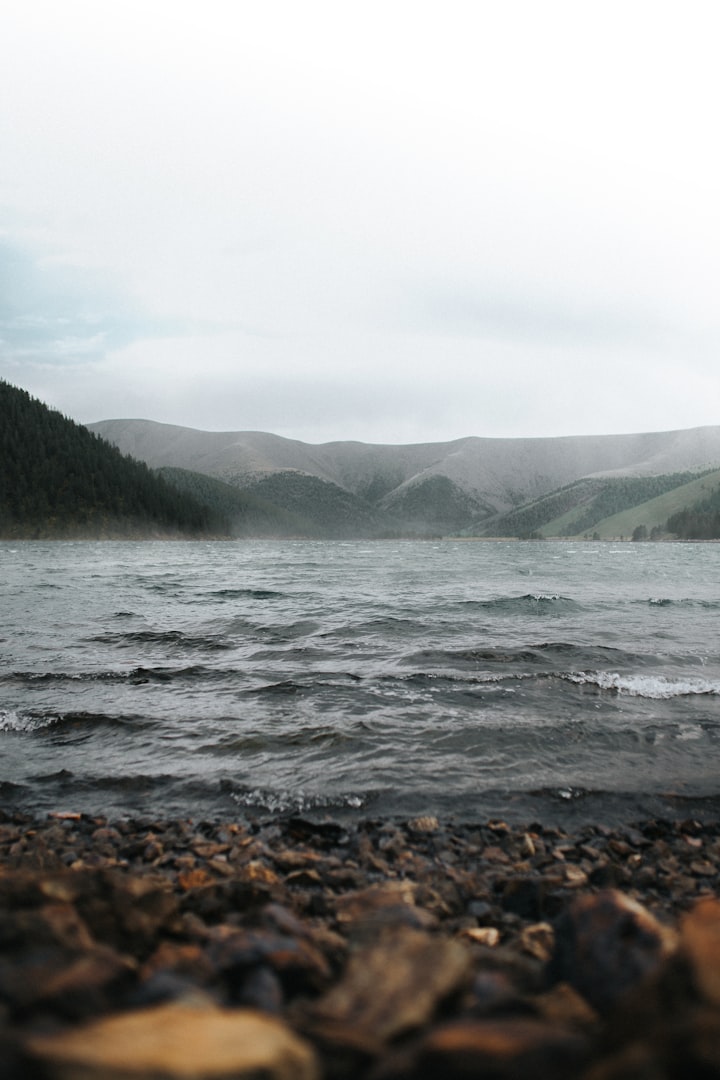
Volcanoes are formed by the movement of tectonic plates, which can cause magma to rise to the surface of the Earth. There are several ways that volcanoes can be formed, including subduction zones, hot spots, and rift zones.
Subduction zone volcanoes are formed when one tectonic plate is forced beneath another plate, causing the subducting plate to melt and create magma. The magma rises to the surface and forms a chain of volcanoes along the edge of the plate. This type of volcano is characterized by explosive eruptions that produce ash and pumice. The Pacific Ring of Fire is a well-known example of a region where subduction zone volcanoes are common.
Hot spot volcanoes are formed by the upwelling of magma from deep within the Earth's mantle. These volcanoes occur in areas that are not associated with plate boundaries and can create isolated island chains, such as the Hawaiian Islands. Hot spot volcanoes tend to have less explosive eruptions and produce more fluid lava flows.
Rift zone volcanoes are formed at divergent plate boundaries, where two tectonic plates are moving away from each other. This movement can create fissures in the Earth's crust, allowing magma to rise to the surface and form volcanoes. The Mid-Atlantic Ridge is an example of a region where rift zone volcanoes are common.
Once a volcano is formed, it can erupt in a variety of ways, ranging from quiet lava flows to explosive eruptions that produce ash, pyroclastic flows, and lahars (mudflows). The type of eruption depends on a number of factors, including the viscosity of the magma and the presence of gas bubbles.
Volcanoes play an important role in the Earth's geologic processes, releasing gases and minerals from the Earth's interior and helping to build new land. However, volcanic eruptions can also be highly destructive, causing damage to infrastructure and communities, and posing a threat to human life.
It's Dangers :-
While volcanic eruptions have contributed to the formation of the Earth's surface over millions of years, they can also pose significant threats to human life and property. Some of the dangers associated with volcanoes include:
Lava flows: Lava is molten rock that flows from a volcano during an eruption. Lava flows can move at varying speeds and can cause extensive damage to infrastructure and homes in their path.
Pyroclastic flows: These are superheated clouds of gas, ash, and rock fragments that are ejected from the volcano during explosive eruptions. They can travel at high speeds and temperatures, destroying everything in their path.
Ash fall: Volcanic ash is a fine, gritty substance that can be ejected into the atmosphere during an eruption. Ash fall can disrupt air travel, damage crops and infrastructure, and pose a risk to human health.
Lahars: These are mudflows that can be triggered by volcanic activity, such as heavy rainfall on ash deposits. Lahars can be very destructive and can travel long distances, burying entire communities and infrastructure.
Volcanic gases: Volcanoes can emit a range of gases, including sulfur dioxide, carbon dioxide, and hydrogen sulfide. These gases can be toxic and pose a risk to human health, particularly for those with respiratory problems.
Tsunamis: Some volcanic eruptions can trigger tsunamis, which are large waves that can travel across entire ocean basins. These waves can cause extensive damage to coastal areas and infrastructure.
Volcanic landslides: The slopes of volcanoes can become unstable during an eruption, leading to landslides that can cause damage to infrastructure and communities.
Life Around Volcanoes:-
Living near volcanoes can be both challenging and rewarding. While volcanic activity can pose significant risks to human life and property, it can also provide a range of benefits, such as fertile soil, geothermal energy, and tourism opportunities.
People who live near active volcanoes face a range of hazards, including lava flows, pyroclastic flows, ash fall, lahars, volcanic gases, and landslides. As a result, it is important for communities living in volcanic areas to have plans in place for evacuations and other emergency procedures. Governments and scientists also play an important role in monitoring volcanoes and providing early warnings to help minimize the risks associated with volcanic activity.
Despite the risks, many people choose to live near active volcanoes for a variety of reasons. Some communities have lived near volcanoes for generations and have developed a deep cultural and spiritual connection to the land. Others may be drawn to the natural beauty and unique landscapes that are associated with volcanic activity. In addition, volcanic areas can provide opportunities for tourism and scientific research.
There are also some benefits associated with living near active volcanoes. Volcanic soils can be very fertile and support agriculture and other forms of land use. In addition, geothermal energy can be harnessed from volcanic activity to provide power for homes and businesses.





Comments
There are no comments for this story
Be the first to respond and start the conversation.